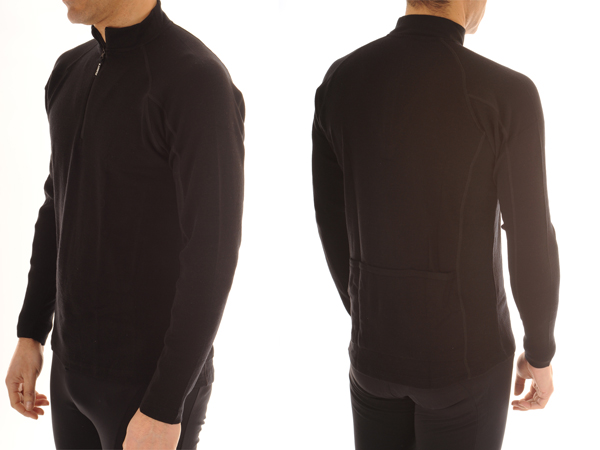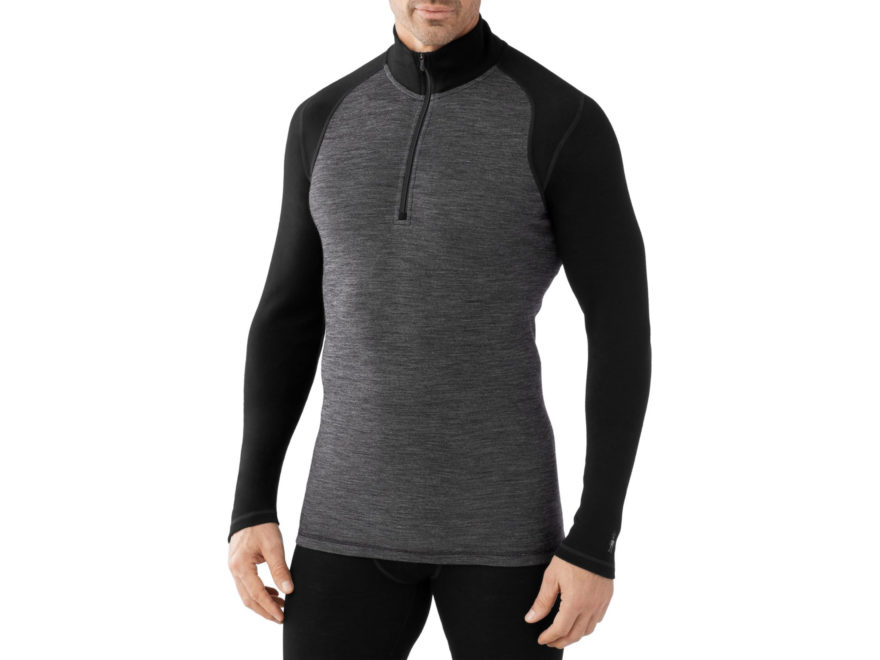What are Merino Wool Base Layer and its benefits

The base layer is one of the most important hiking wears because it has a great impact on your comfort and performance because it is in direct contact with your skin. Base Layer is responsible for managing to sweat, protecting the skin against ultraviolet light, abrasions, etc and also maintaining the body’s natural temperature. Thus, the substrate should be hygroscopic, fast drying, durable and breathable. The base of the walk is made of polyester, merino wool or nylon. Sometimes, mixtures of these materials are used to alleviate the corresponding disadvantages of each material.
Table of Contents
What are Merino Wool Base Layer and its benefits?
Merino wool usually comes from Merino sheep from New Zealand and Australia. As getting compared to regular wool, merino wool has very thin lines that make the hands feel soft. Bacteria grow vigorously on Merino fiber scale and its ability to absorb water. The bacteria have no smell.

Merino fabric is full of small bubbles. This trap airs warm you up. If you are too warm, the fibers will relax and release the trapped air and cool it. When Merino is wet, this process still occurs while maintaining overall warmness.
However, merino wool is fitting the best choice at the basic level because it has superior breathability and moisture wicking properties compared to competing materials such as nylon and even polyester. In addition, merino wool is naturally (antimicrobial) as well as soft while touching the fiber, providing exceptional UV protection.
Merino wool fabric has different density and porous fiber diameter. The diameter of the fabric determines the softness of the fabric The smaller the diameter, the softer the fabric. Merino fibers are 17 microns (ultra-fine merino) and 24 microns (Strong Merino). The base layer is generally a fabric having a density of 130 g / m 2 to 250 g / m 2. A fiber density of less than 160 g / m2 is ideal for the warm season, while a thicker base is suitable for spring, autumn, and winter climbing.
Merino wool can also be blended with other fibers such as nylon, polyester, and polyamide to extend the life of the garment (durable). However, such mixtures also have their drawbacks; if the feel of the fabric is softer and the content of synthetic fibers is high, the fabric will also begin to lose its breathability characteristics and the odor resistant properties
Benefits
Long lasting
The woolen garments have durable properties and even longer than other fabrics, but what about the wool wear resistance?
Because merino fibers are composed primarily of tangled structures of keratin molecules, the wool can bend or stretch at full speed in the direction without damage. By contrast, silk and cotton can’t withstand 5,000 pieces of next bend without damage, and nylon can withstand 75 only. The natural curl of wool fibers also improves the elasticity of the woolen fabric. You will lose that shape.
Exceptionally Comfortable
Merino wool is one of the softest materials, as having luxurious characteristics and as comfortable as cashmere. The smaller the fibers, the smoother the fabric and the softer the fabric. These incredibly thin and smooth fibers are easily bent with the lightest touch to create a soft, smooth and comfortable fabric that fits snugly on the skin.
Merino wool’s inherent properties, like all industrial synthetic fibers, produce all natural materials.





